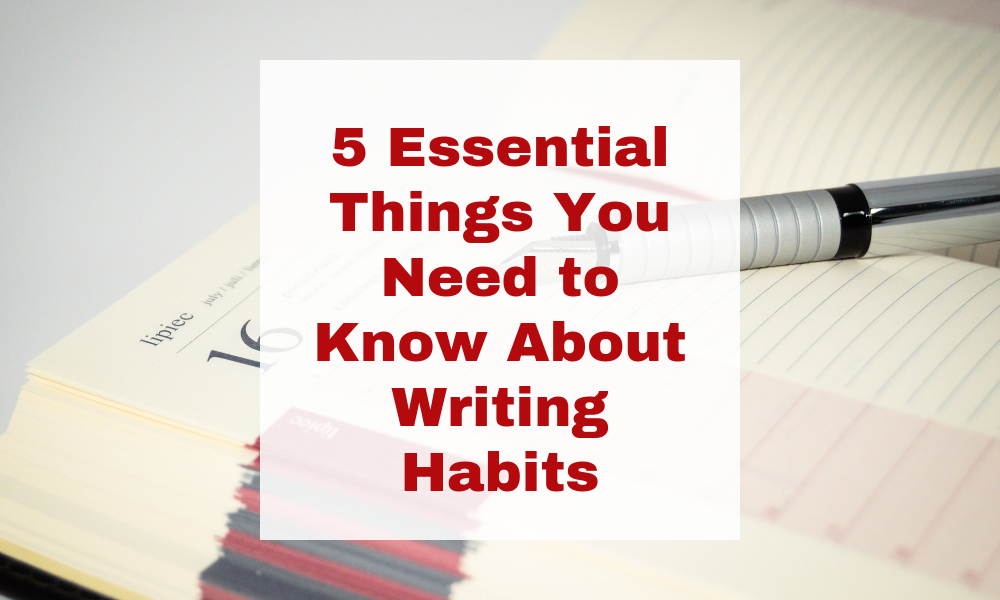Creating 3-Dimensional Scenes
Strengthen a weak scene in your novel in just 30 minutes by trying this writing exercise.
Choose a scene from your own work or one you want to add to your story. Practice writing the same scene over and over. Use all dialogue the first time. Then use all narrative. Then all action. Finally, weave all three fiction elements for a three-dimensional effect.
Pull a troublesome scene from your own story. Which element does it have too much of? Too little of? Consider how you might weave all three elements to make it more three-dimensional.
Take a look at some of your woven scenes and see if you can speed them up by taking out all of the narrative and using only dialogue. Or slow them down by taking out the dialogue and using only narrative. Maybe a scene should be focused on the action alone, for the sake of moving the external plot forward. Remember that not every scene needs to be woven to be effective.
Want all the instruction of a writing class without having to invest the money or time into one? Consider this book:
Fiction Writer's Workshop
Become a WD VIP and Save 10%:
Get a 1-year pass to WritersMarket.com, a 1-year subscription to Writer's Digest magazine and 10% off all WritersDigestShop.com orders! Click here to join.
Also check out these items from the Writer's Digest's collection:
Writer's Digest Elements Of Writing Fiction: Beginnings, Middles & Ends
Writer's Digest Elements Of Writing Fiction: Scene & Structure
Writer's Digest Elements Of Writing Fiction: Conflict, Action & Suspense
Writer's Digest Elements Of Writing Fiction: Description
Writer's Digest Elements Of Writing Fiction: Characters & Viewpoint
Writer's Digest No More Rejections
Writer's Digest Weekly Planner
Writer's Digest How to Land a Literary Agent (On-Demand Webinar)
Writer's Digest Magazine One-Year Subscription
Writer's Digest 10 Years of Writer's Digest on CD: 2000-2009








